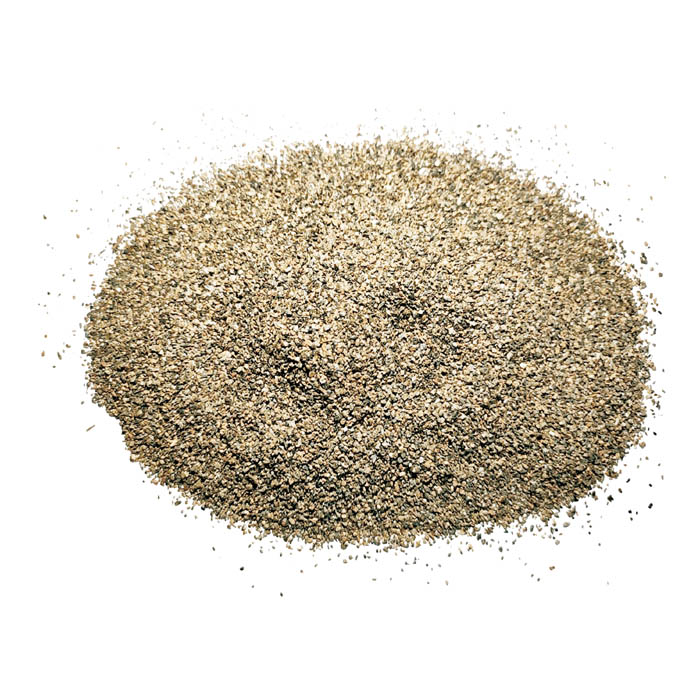Nov . 06, 2024 16:49 Back to list
Exploring Effective Materials for Sound Absorption and Noise Reduction Solutions
Understanding Sound Absorbent Materials Their Role and Applications
Sound absorbent materials are essential components in various industries and environments where noise control and acoustics play pivotal roles. From recording studios to residential homes, these materials help reduce unwanted noise, improve sound quality, and contribute to overall comfort. This article explores what sound absorbent materials are, their types, benefits, and applications.
What Are Sound Absorbent Materials?
Sound absorbent materials are specially designed substances that minimize sound reflection and transmission. They work by converting sound energy into a small amount of heat through friction when sound waves collide with their surfaces. Unlike soundproof materials, which aim to block sound from passing through, sound absorbent materials focus on reducing reverberation and echo within a space.
Types of Sound Absorbent Materials
1. Foam Panels Acoustic foam panels are among the most common sound absorbent materials. Made from polyurethane or melamine, these panels have an open-cell structure that traps sound waves. They are often used in recording studios, home theaters, and offices to improve acoustics.
2. Fiberglass Insulation Typically used in construction, fiberglass insulation is also an effective sound absorber. Its dense structure helps in dampening sound waves, making it a highly effective option for walls, ceilings, and floors in both residential and commercial buildings.
3. Mineral Wool This material is made from natural or recycled stone and is known for its excellent sound-absorbing properties. Mineral wool can be used in a variety of settings, from acoustic ceiling tiles to wall insulation.
4. Carpets and Rugs While not explicitly designed for sound absorption, carpets and rugs play a role in reducing noise. Their soft fibers help to absorb sound, especially in residential areas, enhancing comfort and reducing echo.
5. Curtains and Drapes Heavy drapery can function as a sound absorbent material by trapping sound waves. When used in combination with other acoustic treatments, they can significantly improve the sound quality of a room.
6. Acoustic Tiles These tiles, often made from foam or fiberglass, are used in ceilings and walls. They come in various shapes and sizes, making it easy to incorporate them into modern interior designs while effectively absorbing sound.
Benefits of Sound Absorbent Materials
sound absorbant materials

- Noise Reduction The primary benefit of these materials is their ability to reduce noise levels, creating a quieter and more pleasant environment
.- Enhanced Acoustics By controlling sound reflections, sound absorbent materials help achieve improved acoustics, which is particularly important in settings like concert halls, theaters, and recording studios.
- Increased Comfort Reducing noise pollution enhances the overall comfort of a space, promoting relaxation and productivity in environments like homes and offices.
- Energy Efficiency Some sound absorbent materials, like insulation, can also contribute to energy efficiency by reducing the need for heating and cooling, as they help control temperature fluctuations.
Applications of Sound Absorbent Materials
1. Recording Studios In professional music production, sound absorbent materials are crucial for preventing unwanted echoes and ensuring clarity in recordings.
2. Home Theaters Homeowners use these materials to enhance the movie-watching experience by minimizing sound distortion and creating an immersive environment.
3. Offices In open-plan offices, sound absorbent materials help create quieter workspaces, facilitating better communication and reducing distractions.
4. Educational Institutions Classrooms and auditoriums utilize sound absorbent materials to create optimal listening environments, helping students focus and engage with teaching materials.
5. Public Spaces Restaurants, libraries, and museums often employ sound absorbent materials to maintain a pleasant atmosphere by controlling noise levels.
Conclusion
Sound absorbent materials play a vital role in modern architecture and design, improving acoustics and enhancing comfort in a wide range of environments. With a variety of options available, it is essential to select the appropriate materials based on specific needs and applications. As urbanization continues and noise pollution increases, the importance of sound absorbent solutions will likely grow, fostering spaces that prioritize both tranquility and functionality. Whether in music production, education, or everyday living, these materials are integral to creating harmonious environments.
-
High-Quality Fe-C Alloy Leading Manufacturers & Spherical Alloy Materials Supplier
NewsJun.10,2025
-
Premium Low Nitrogen Recarburiser Supplier & Manufacturer – High Quality Exporters
NewsJun.10,2025
-
DT4 High-Quality Magnetic Materials Leading DT4 Manufacturer & Supplier
NewsJun.10,2025
-
High-Performance Spring Steel Suppliers Custom Solutions
NewsJun.10,2025
-
Premium SWRCH6A Manufacturer Steel Wire Supplier & Factory
NewsJun.10,2025
-
Premium Mild Steel Wire Rod Supplier & Manufacturer
NewsJun.10,2025
